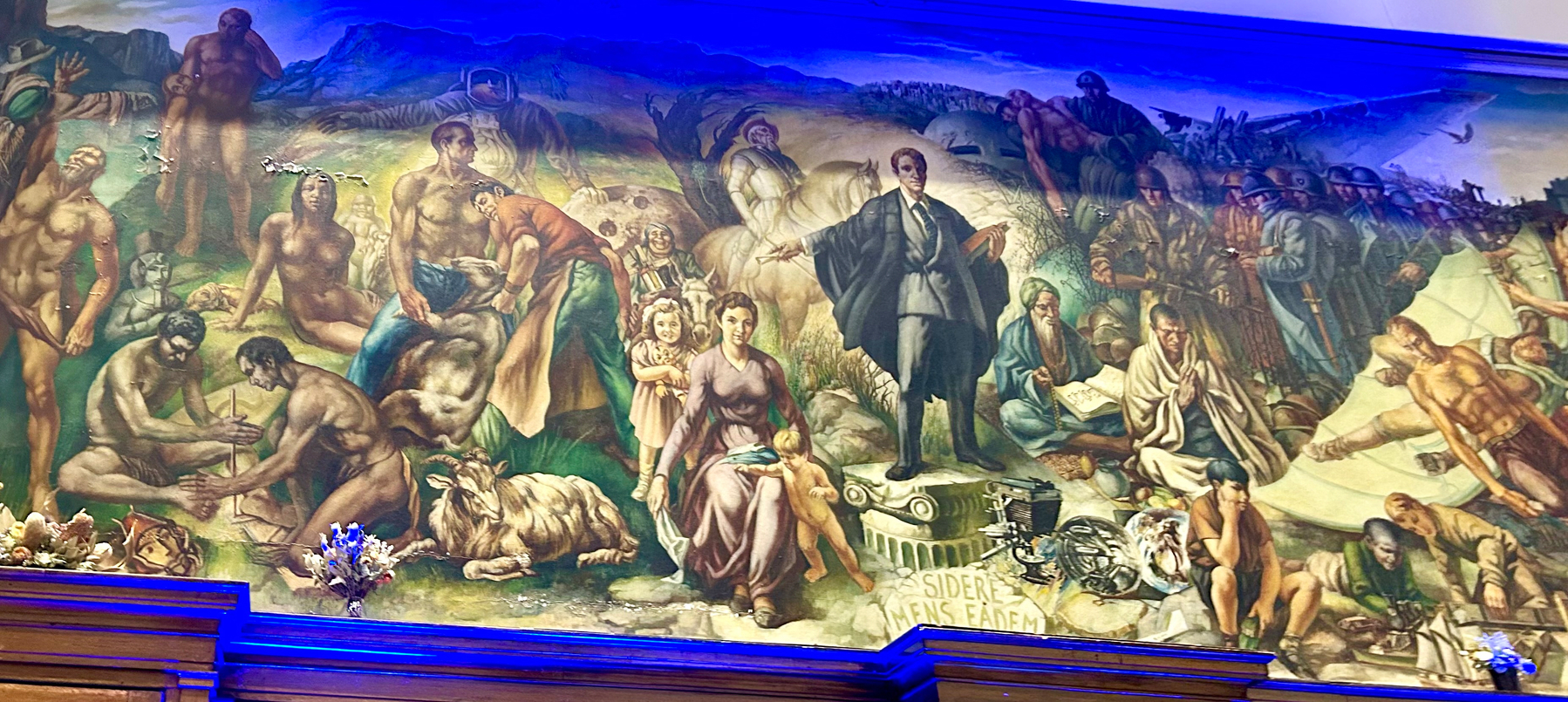Photos
The mural in the Refectory at the University of Sydney tells you a lot about how that institution saw its place in the world in the 1970s (and perhaps still does)

The mural in the Refectory at the University of Sydney tells you a lot about how that institution saw its place in the world in the 1970s (and perhaps still does)
